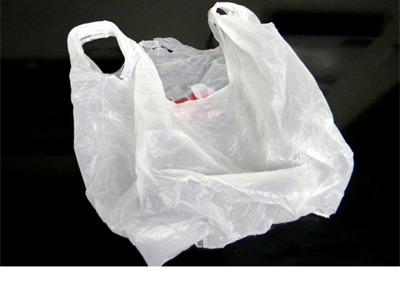Forensics 20 Types Of Evidence On Flowvella
Book should be a part of your library on forensics. White, Peter, Editor, Crime Scene to Court, The Essentials of Forensic Science, The Royal Society of Chemistry, 1998. This book explains the methods and techniques used in crime scene investigations and forensic laboratories in the United Kingdom. Evidence can come from varied sources — from genetic material or trace chemicals to dental history or fingerprints. Evidence can serve many roles in an investigation, such as to trace an illicit substance, identify remains or reconstruct a crime. And when forensic evidence is oversold in court, innocent people go to jail, or worse. In 1981 a woman in Washington, D.C., was attacked in her apartment—gagged, blindfolded, and raped. In February of this year, the Texas Forensic Science Commission became the first in the country to recommend a moratorium on the use of bite marks as evidence in court until their validity could.
Biological evidence, which contains DNA, is a type of physical evidence. However, biological evidence is not always visible to the naked eye. DNA testing has expanded the types of useful biological evidence.
Date Event 44 BC Death of an emperor Julius Caesar is assassinated. Following this event, a physician performed an autopsy, and determined that of the 23 wounds found on the body, only one was fatal. 400 Who determines cause of death(400s) Germanic and Slavic societies made law that medical experts must be the ones to determine cause of death in crimes. 600 Use of fingerprints for the first time (600s) Fingerprints first used to determine identity.
Arabic merchants would take a debtor's fingerprint and attach it to the bill. 1248 First forensic science book First forensic science manual published by the Chinese. This was the first known record of medical knowledge being used to solve criminal cases. 1600 Reporting cases (1600s) First pathology reports published. 1784 Physical evidence used in criminal case First recorded instance of physical matching of evidence leading to a murder conviction (John Toms, England).
Evidence was a torn edge of newspaper in a pistol that matched newspaper in his pocket. 1806 Investigating poisoning German chemist Valentin Ross developed a method of detecting arsenic in a victim's stomach, thus advancing the investigation of poison deaths. 1816 More physical evidence discovered to work in forensics Clothing and shoes of a farm laborer were examined and found to match evidence of a nearby murder scene, where a young woman was found drowned in a shallow pool. 1836 Chemical testing utilized James Marsh, an English chemist, uses chemical processes to determine arsenic as the cause of death in a murder trial. 1854 First uses of photos in identification (1854-59 ) San Francisco uses photography for criminal identification, the first city in the US to do so. Spss 12 free download software. 1880 Fingerprints found to be unique Henry Faulds and William James Herschel publish a paper describing the uniqueness of fingerprints.
Francis Galton, a scientist, adapted their findings for the court. Lumion 8.5 crack pro for mac. Nixon announces the end of the war. Galton's system identified the following patterns: plain arch, tented arch, simple loop, central pocket loop, double loop, lateral pocket loop, plain whorl, and accidental. 1887 Sherlock Holmes and the coroner Coroner's act established that coroners' were to determine the causes of sudden, violent, and unnatural deaths. Arthur Conan Doyle also publishes the first Sherlock Holmes story.

1892 Fingerprint ID used in crime Juan Vucetich, an Argentinean police officer, is the first to use fingerprints as evidence in a murder investigation. He created a system of fingerprint identification, which he termed dactyloscopy. 1888 Criminal features reduced to numerical measurements Anthropometry, a system using various measurements of physical features and bones, used throughout the US and Europe. Using the system, a criminal's information could be reduced to a set of numbers. 1901 Investigations into blood markers Human blood grouping, ABO, discovered by Karl Landsteiner and adapted for use on bloodstains by Dieter Max Richter. 1901 Fingerprint ID more common Galton-Henry system of fingerprint identification officially used by Scotland Yard, and is the most widely used fingerprinting method to date. 1903 First fingerprint prisoner ID used NY state prison system implemented fingerprint identification.